Rising Demand for Poultry Products
The increasing The Feed Anticoccidials Industry. As populations grow and dietary preferences shift towards protein-rich foods, poultry farming is expanding. This growth necessitates effective disease management strategies, particularly against coccidiosis, a prevalent parasitic disease in poultry. The Feed Anticoccidials Market is projected to witness a compound annual growth rate (CAGR) of approximately 5% over the next few years, driven by the need for higher production efficiency and healthier livestock. Farmers are increasingly adopting anticoccidial products to ensure optimal growth rates and reduce mortality, thereby enhancing overall productivity. This trend underscores the critical role of feed anticoccidials in meeting the rising protein demand.
Increased Awareness of Animal Health
There is a growing awareness regarding animal health and welfare, which significantly influences the Feed Anticoccidials Market. Livestock producers are becoming more cognizant of the impact of diseases on productivity and profitability. This awareness drives the adoption of feed anticoccidials as a preventive measure against coccidiosis, which can lead to severe economic losses. The Feed Anticoccidials Market is responding to this trend by offering a range of products that not only combat coccidial infections but also promote overall animal health. The emphasis on animal welfare is likely to propel market growth, as consumers increasingly demand ethically raised livestock. Consequently, the integration of effective anticoccidial solutions is becoming a standard practice in modern livestock management.
Shift Towards Sustainable Farming Practices
The transition towards sustainable farming practices is a significant driver of the Feed Anticoccidials Market. As environmental concerns rise, livestock producers are increasingly seeking solutions that minimize ecological impact while maintaining productivity. This shift is prompting the development of eco-friendly anticoccidial products that align with sustainable agriculture principles. The Feed Anticoccidials Market is adapting to this trend by introducing alternatives that reduce reliance on traditional chemical treatments. These sustainable options not only address coccidial infections but also contribute to the overall health of the farming ecosystem. The growing consumer preference for sustainably sourced animal products further fuels this trend, indicating a future where sustainability and animal health are intertwined in livestock management.
Regulatory Support for Anticoccidial Products
Regulatory frameworks supporting the use of anticoccidial products are crucial for the growth of the Feed Anticoccidials Market. Governments and regulatory bodies are increasingly recognizing the importance of effective disease management in livestock. This recognition leads to the establishment of guidelines and approval processes that facilitate the introduction of new anticoccidial products. The Feed Anticoccidials Market benefits from this regulatory support, as it encourages research and development efforts aimed at creating safer and more effective solutions. Furthermore, compliance with these regulations ensures that products meet safety and efficacy standards, thereby boosting consumer confidence. As regulations evolve, the market is likely to see a surge in innovative products that align with both health and safety requirements.
Technological Innovations in Feed Formulation
Technological advancements in feed formulation are reshaping the Feed Anticoccidials Market. Innovations such as precision nutrition and the development of novel anticoccidial compounds are enhancing the efficacy of feed products. These advancements allow for more targeted and effective treatment options, which can lead to improved animal health and productivity. The market is witnessing a shift towards more sophisticated formulations that incorporate natural and synthetic ingredients, catering to the evolving preferences of livestock producers. As a result, the Feed Anticoccidials Market is expected to expand, with new products entering the market that promise better performance and lower environmental impact. This trend indicates a future where technology plays a pivotal role in disease management within livestock.


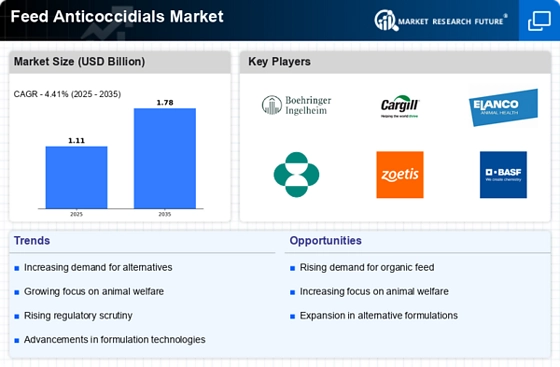
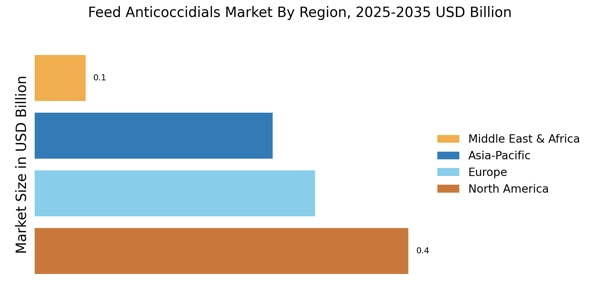



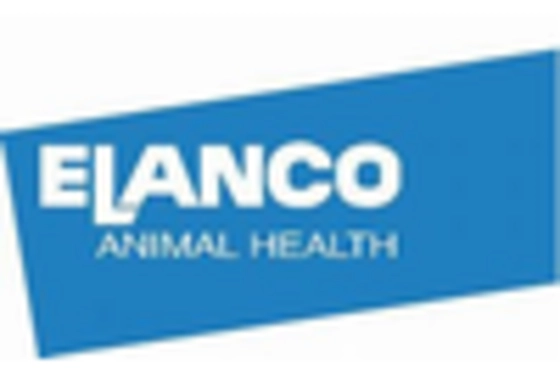
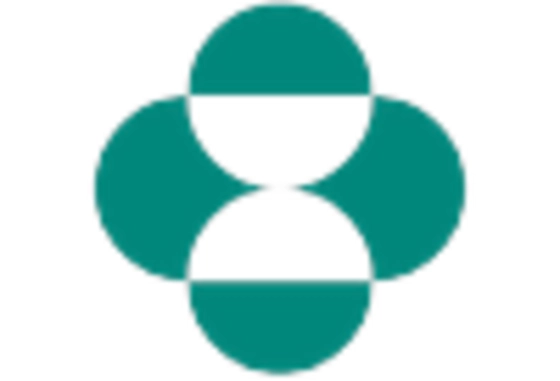
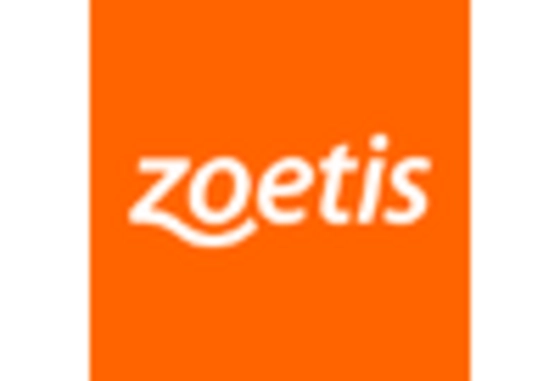








Leave a Comment